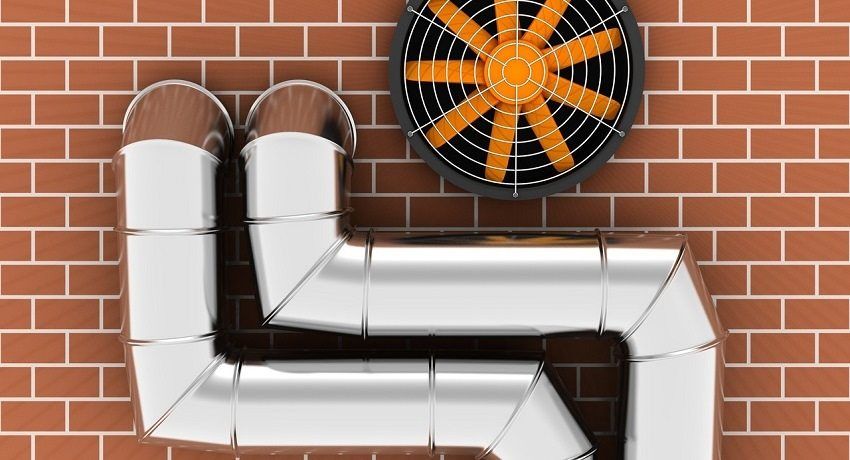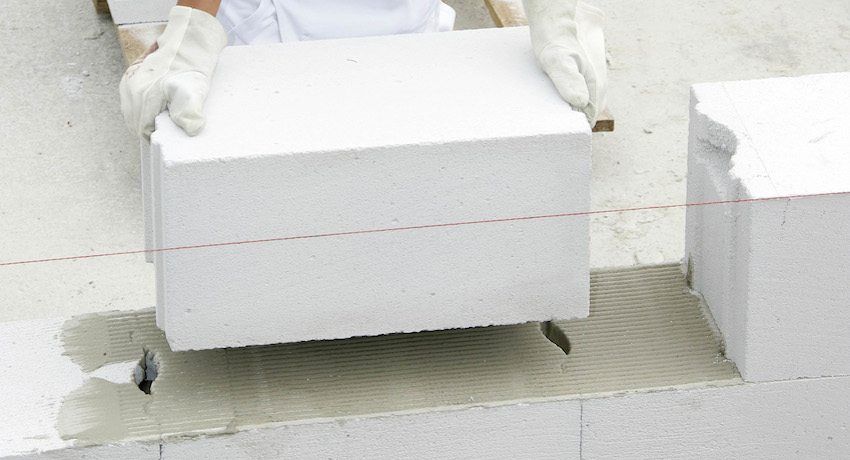In modern construction practiced installation of several types of roofs, different in appearance and design. One of the most popular and aesthetic – the Dutch. The rafter system of the half-hinged roof can be performed with both two and four ramps. Consider in detail all the features of this design and ways of self-installation poluvalmovoy roof.

Half-gummed roof for residential building
All pitched roofs have one common feature – the presence of an attic room, which, with proper finishing, can be used as a dwelling. This design allows you to significantly expand the living space without an extension. The half-hinged roof also has excellent technical characteristics: it withstands powerful wind loads and provides reliable protection of the fronts of the house from precipitation.
Depending on the design features, half-hipped roofs are divided into two main types:
- half gall gable roof;
- gulled hipped roof.
Photos of houses with a half-folded roof are presented in large numbers both on specialized sites and on construction forums.
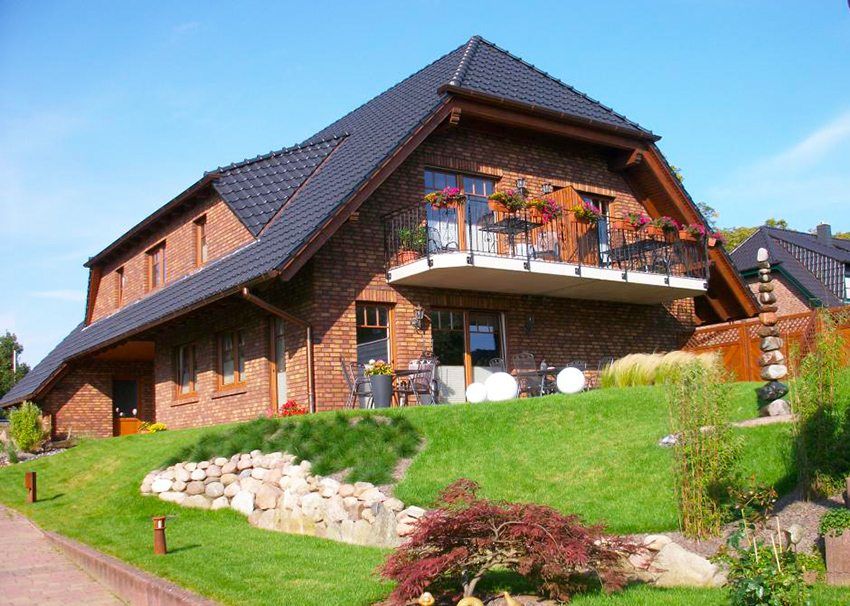
What distinguishes a half-hinged roof from a hipped roof? At the hip roof, two large slopes have the shape of a trapezoid, and smaller slopes – the shape of triangles. In the half-gall roof, everything is arranged a little differently, and the line of the slope acquires a broken shape.
The design of such a broken roof largely depends on the shape of the house itself, the presence or absence of living space in the attic, the type of roofing material with which the surface will be covered, and even the climatic features of the region.
And the climate plays a decisive role in the creation of the structure, because in regions with snowy winters precipitation will accumulate especially strongly on the surface of the slope, forming a kind of “snow cap”. Therefore, for such an area more relevant roof with a steep slope and minimal overhangs. If snow drifts are an irrelevant problem, then the minimum angle of inclination is quite acceptable.
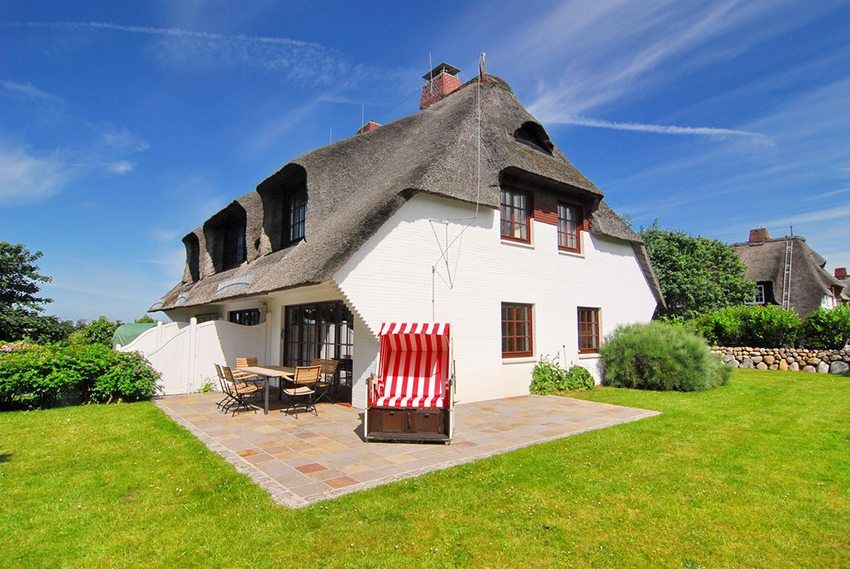
Among the advantages of the semi-hinged roof are:
- the presence of additional space, which can be used as residential or attic;
- aesthetic appearance, with the possibility of unusual design of the house by creating the original form of the structure;
- reliable protection of the house from the influence of weather conditions: snow, rain, strong wind.
Helpful advice! In order to increase the effective area of the attic, you can use a structure with different angles of inclination of the slope.
Among the disadvantages poluvalmovoy crumbling worth noting:
- the presence of certain difficulties in the construction process: a large number of ribs, struts and stops makes the construction of the truss system a long and laborious process;
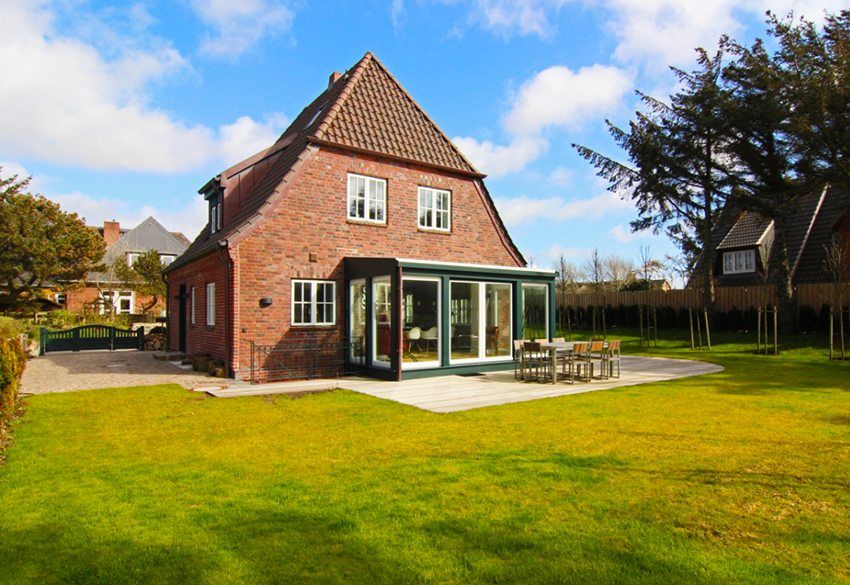
- in the process of building such a rather complex structure, not only more forces are consumed, but also materials;
- The process of laying roofing also acquires some difficulties.
But, despite the shortcomings, houses with a half-folded roof look unique. All the difficulties and costs are worth it to give the roof an original and memorable appearance. If you are not afraid of the difficult installation of the truss system, you can safely get to work. Among the photos of private houses, half-gum roofs are quite common, so it will be easy to choose the version you like.
Under the roof roof means a structure that has two vertices, in the form of cut triangles. If the house has a square shape, then the roof will turn out to be pyramidal. This type of roof has increased strength. On rectangular houses the mansard roof has two triangular sides and two trapezoid. Slopes are located under the same slope that allows you to mount them symmetrically axial beams.
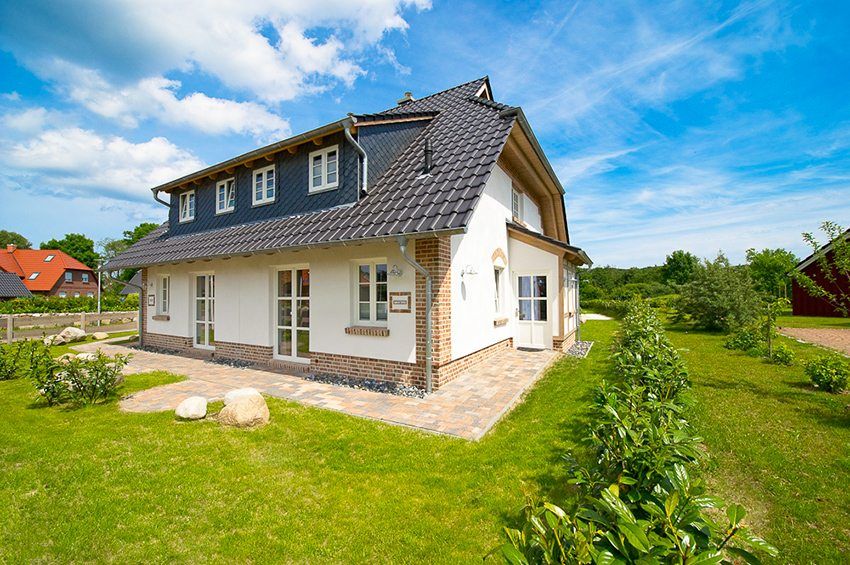
This type of roof has the following advantages and disadvantages:
- increased strength allows the use of this design in regions with extreme climatic conditions, for example, on the seashore or places that are characterized by strong winds;
- aesthetic appearance allows such a roof to look appropriate on the background of absolutely any landscape;
- low profile provides increased resistance to the roof vibrations;
- Due to the shape of the structure, it may be difficult to clean and repair the surface;
- the attic room of the half-hinged roof can be used for the arrangement of living rooms;
- it is necessary to consider additional forced ventilation, which entails costs.
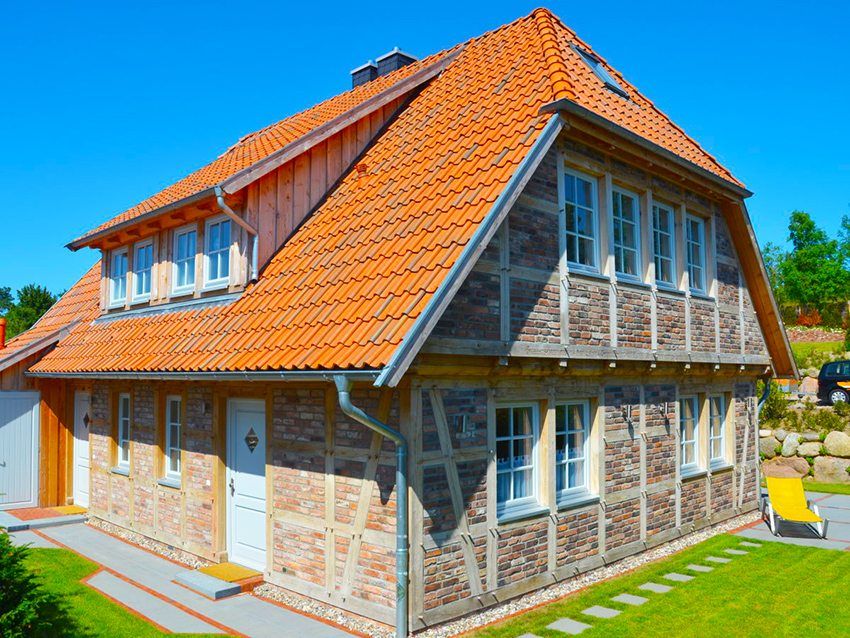
Like any other roofing structure, a half-folded roof consists of a multitude of layers, which one after the other overlap. Among these structural elements can be identified:
- the roof system, which serves as the basis for the retention of all elements;
- Mauerlat – lower support beam for rafters;
- materials that provide heat, hydro- and vapor barrier of the roof;
- roof covering that provides mechanical protection.
The truss system itself also has several components: a ridge, truss legs, stands, struts, a batten and much more. Each of these elements performs its function, providing additional rigidity and strength to the roof. This is especially important when creating a half-folded mansard roof.
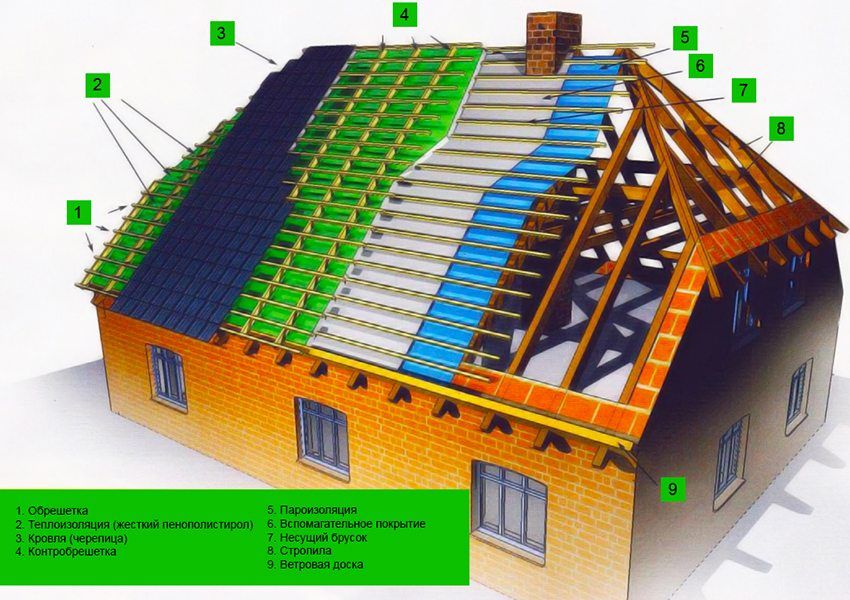
Installation of a half-gumbo roof is to start with laying the mauerlat on the bearing walls of the house. For brick buildings install reinforced belt, which provides additional strength and evenly distributes the load. At the stage of concreting vertical pins made of galvanized metal are inserted into it. Mauerlat is attached to the reinforcement by mounting.
Shed roof do it yourself step by step: installation features. The advantages and disadvantages of the design. The choice of materials, their preparation and calculation of the quantity. The angle of the slope. Maintenance of the structure.
The length of the studs should be sufficient to provide a protrusion of 2-3 cm from the bar. The fastening step should be 120 cm. The minimum diameter of the reinforcement used for fastening the bars is 10 mm.
Helpful advice! The studs should be positioned so that they are between the rafters and do not further complicate the process of work.
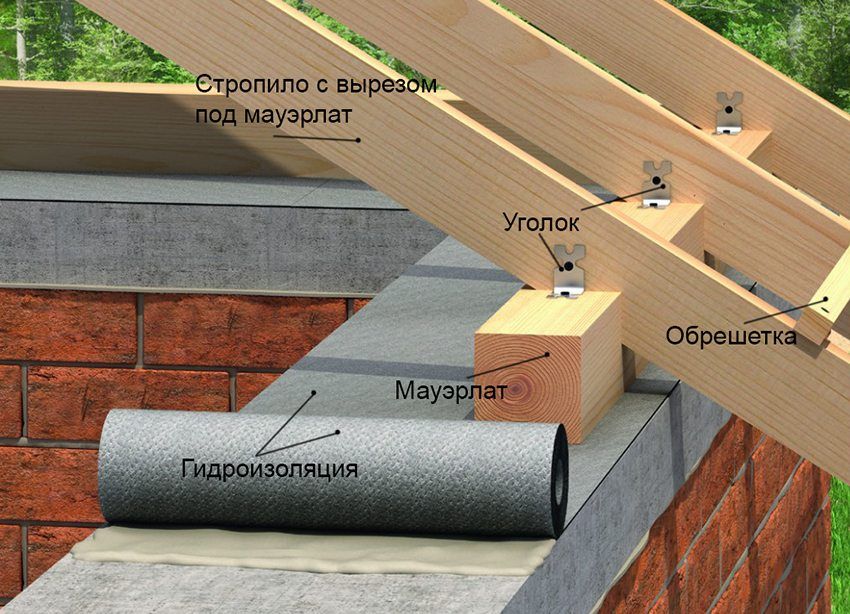
To protect the reinforced belt, it is covered with at least two layers of roofing material and only after that the bar is put on the studs. How to do this, you can see on the drawings. Due to this stage, the half-hardened roof is more durable.
The selection and installation of the power plate is one of the most important stages of the preparatory work. The cross-section of the timber used for this purpose should be 150X150 mm or at the most, 100X150 mm. All the necessary holes are drilled on the ground, after which the wood is treated with specialized antiseptic agents to protect against moisture and the development of fungi.
The device of the half-hinged roof includes the installation of the ridge, rafters (both slit and diagonal) and fasteners, for example, metal brackets and special cuts.
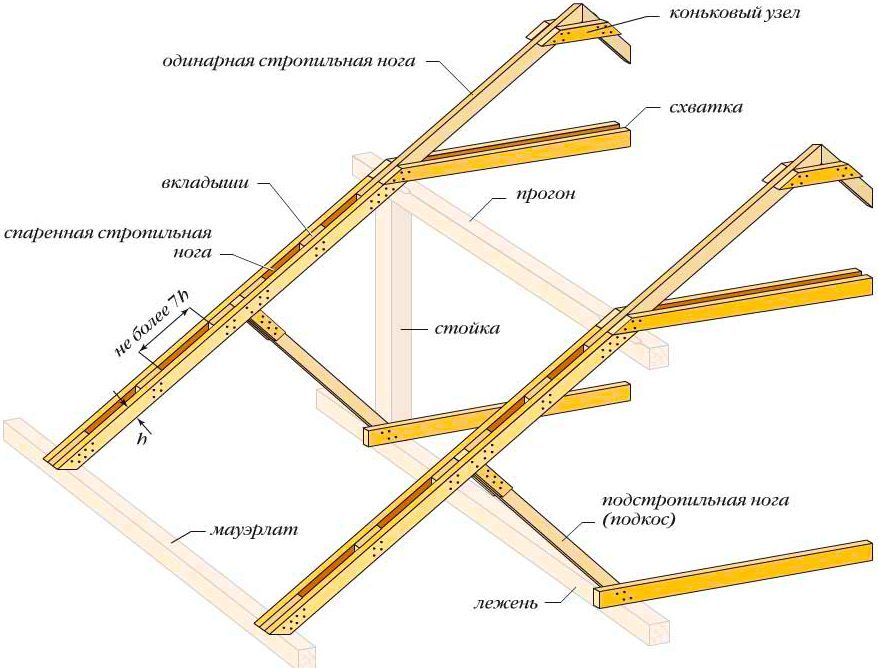
Ideally, diagonal rafters should be a continuation of the ridge, which at the top is divided into two parts and descends down to the corners of the house. To the diagonal rafters, ladders are also attached, which causes these elements to take over all the main load and weight of the structure. That is why for their manufacture using double boards 50X150 mm, thus providing a reinforced base.
Due to this, the load bearing capacity of the rafters increases, which allows the use of whole long beams for very large roofs. In addition, the same boards can be used for diagonal and ordinary rafters, which makes it possible to facilitate the work process.
Helpful advice! The space left under the ridge is better not to be filled with foam. So air circulation will not be broken, and the probability of rotting of the wooden part of the ridge will be significantly reduced.
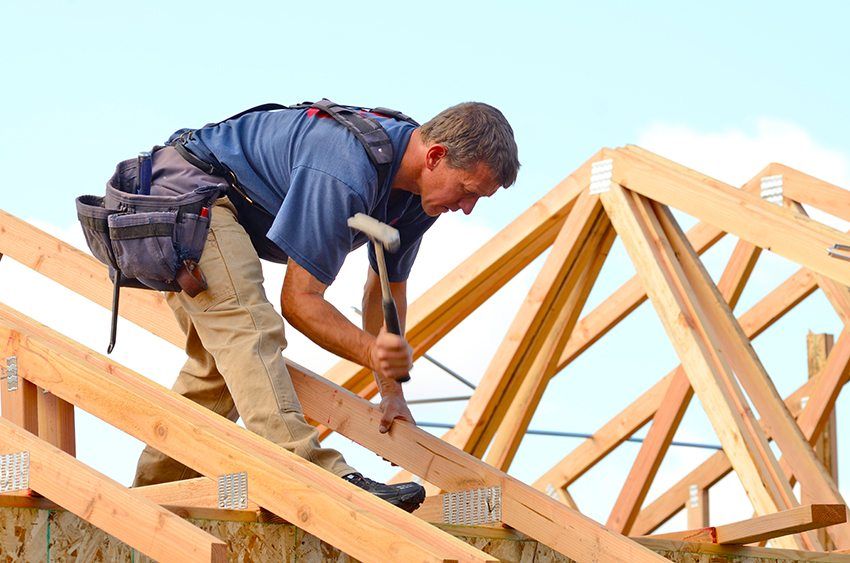
When the installation of the rafter is complete, and all the elements are securely fastened to the mauerlat and ridge bar, it’s time to start installing the ordinary rafters. In the upper part they will rest against the ridge, and the lower part into the power plate. Before you begin, be sure to familiarize yourself with the available projects of houses with a half-folded roof.
Helpful advice! The distance between the rafters should take into account the width of the insulating material that you will use.
In order for the construction to be stable, cuttings are made at both ends of the rafters. This allows you to fix the elements. As an additional attachment using metal brackets and lining-corners. If the roof of the house is very long, then it is necessary to create additional stops in the form of braces. Trunk trusses are used to support diagonal rafters.

If the floor plate is made of reinforced concrete, then all the props and racks can be supported directly on it. Otherwise, it is necessary to install additional puffs on the ceiling joists, otherwise the half-gum roof construction will be unreliable.
Helpful advice! Before installing, all wooden elements of the roof must be treated not only with an antiseptic that protects the wood from moisture, but also with fire-fighting liquid.
In order for the truss system to turn out to be reliable and to function fully for many years, it is necessary to make calculations before starting work, which will become the basis for installation. As an example, you can use a photo of a half-folded gable roof with a house width of 9 meters.

Step is the distance between two truss feet, and usually for residential country houses, this figure varies between 0.6–1 m. It depends on many factors, so calculations must be made individually based on your own indicators. To calculate the required number of rafters, use the following algorithm:
- Measure the length of the roof slope and divide by the required coefficient of step between the elements.
- Then add the unit to the result, round the number to the larger value. This will be the number of truss legs, which is necessary for finishing one slope of a roof of a given length.
- If the entire length of the slope is divided by the resulting integer, then the result is a distance that must be kept between the axes of the rafters (this is the rafter step).
It is useful to know that although ideally the axis should pass through the center of the rafters, in practice, errors are permissible, depending on changes in the angle of the slope of the surface of the future roof. This is clearly seen in the photo of the half-folded gable roof.
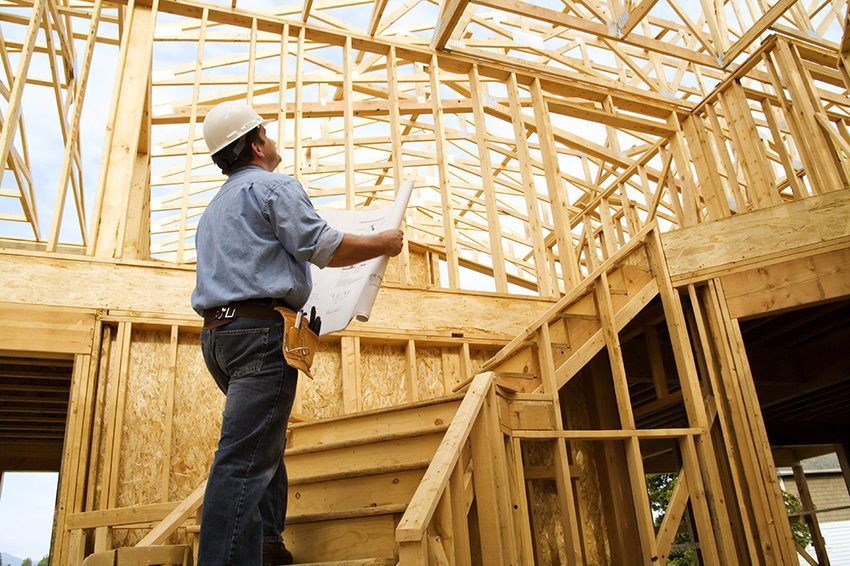
Consider as an example such a calculation: the length of the roof slope is 16 m. In this case, the step between the rafters will be 0.6 m. Based on the above algorithm, 16? 0.6 + 1 = 27.66 = 28. This means that for a slope of 16 m in length, we will need 28 rafters.
Helpful advice! The width of the rafter step depends on the angle of the roof. So, the greater the steepness of the roof, the greater the step rafters must be maintained. This is due to the fact that the load distribution on steep roofs is uneven, and to a greater extent falls on the load-bearing walls.
Alternatively, you can use special online calculators for calculations, although it is much better if you have a plan or a half-gum roof drawing with your own hands, because having a good example is much easier to do calculations and work.
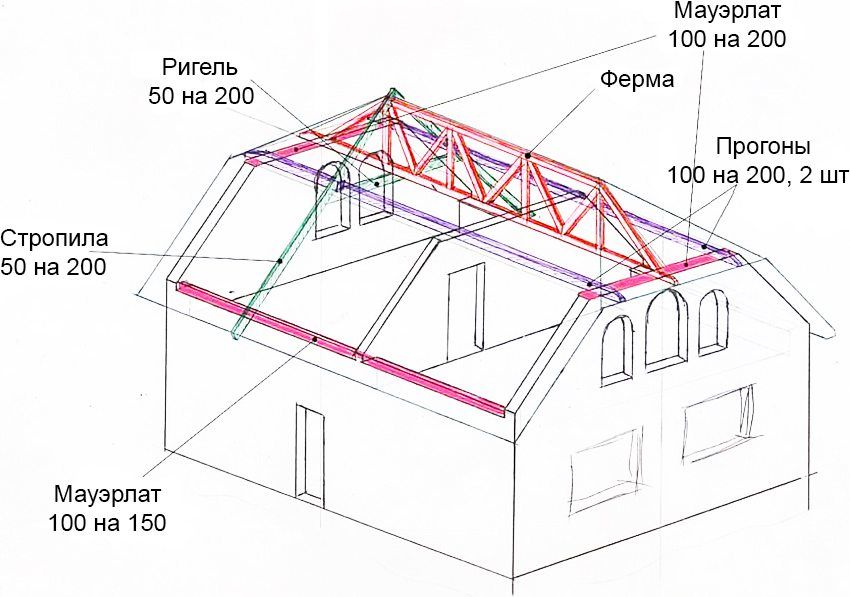
When all the wooden elements are laid and secured, it remains only to worry about the heat, steam and waterproofing of the roof. To do this, crate is made, and the selected material is rolled on top.
It is difficult to say which materials are best to give preference to, but in the issue of vapor barrier, aluminum foil will definitely perform its function. With the help of a construction stapler, the foil is attached to the rafters so that the glossy side is turned inward, that is, in the attic.
Synthetic wool (mineral or stone), which is sold in rolls or mats, is most often used for insulation. Insulation is laid out in the gaps between the rafters and covered with a layer of waterproofing. Previously, ruberoid was used for this purpose, but today it has given way to a diffusion membrane.
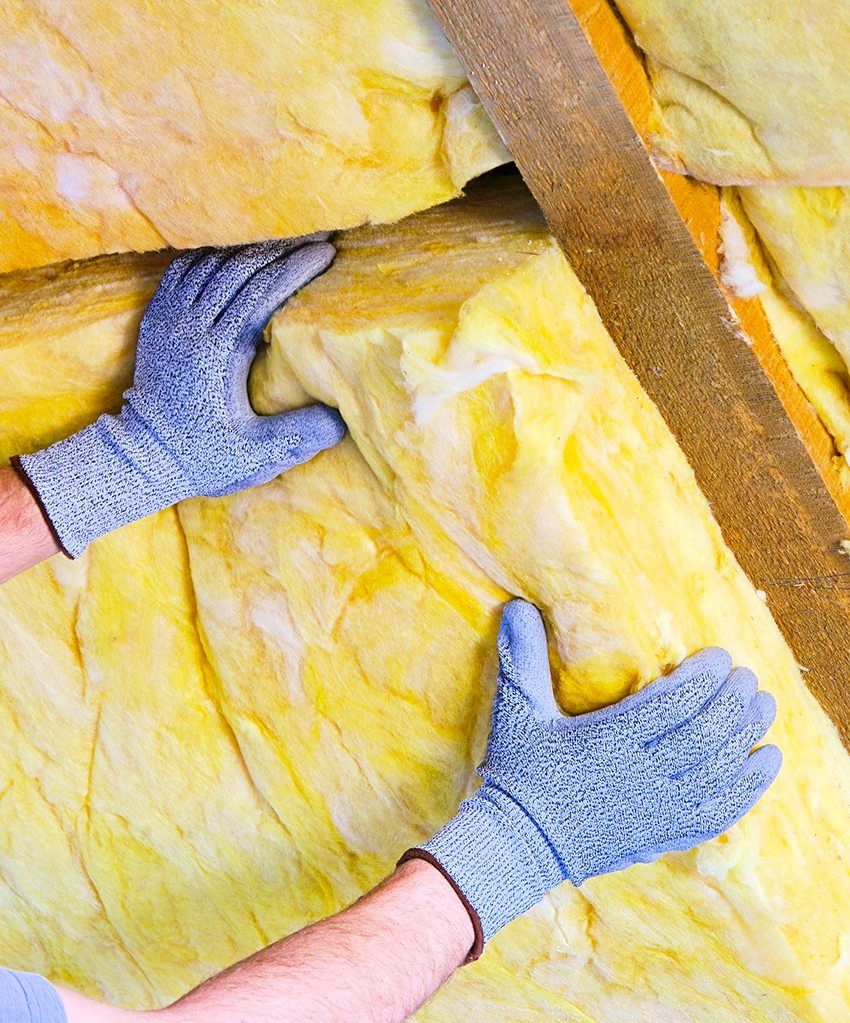
If the space under the ridge of the roof was not repaired, then natural ventilation will not allow fungi and mold to develop inside the “cake”.
Of course, in matters of installation, the gable half-hinged roof is far superior to the hipped roof due to its simpler design and lower installation costs. But if we talk about the final result, then nothing can compare with the complex beauty of the hipped roof. A photo of a gulled halt roof well demonstrates the beauty of such a decision.
And with all this, the second option gives a lot more space for the attic equipment, which can be equipped with instructions, photos and videos of the truss floor ceiling system provided on the Internet.

Considerable importance in creating a beautiful and reliable roof plays the choice of roofing material. Consider some of the most popular solutions, and how they meet the requirements.
In the process of installation and operation, roofing has to deal with a number of external factors that affect it in different ways. Among them: precipitation, strong winds, “snow caps”, exposure to ultraviolet radiation and significant temperatures. To carry out the selection of suitable material should be guided by these data.
Asbestos cement sheets, or slate, is an inexpensive and sufficiently durable roofing material. It has a number of advantages, such as fire safety, high resistance to temperature changes, resistance to corrosion and the development of mold and fungi. Slate will never rot and will not lose its appearance in the sun. To give a more aesthetic appearance and increase the technical characteristics of asbestos cement sheets can be painted.

For a half-gum roof, this material is not very suitable for two reasons:
- such an inexpensive coating will not look advantageous on such a complex structure;
- slate is a rather fragile material and its precise cutting will take a lot of time and effort.
Metal tile – also quite affordable material, but much more attractive. Long service life (up to 30 years with regard to service) and excellent technical characteristics made this coating the leader in its price category. The material is not at all afraid of temperature fluctuations or mechanical loads. A wide range of colors on the market allows you to choose a shade for every taste.
The main plus of the metal tiles is its low weight and, accordingly, a small load on the rafter system of the half-gumbo roof.
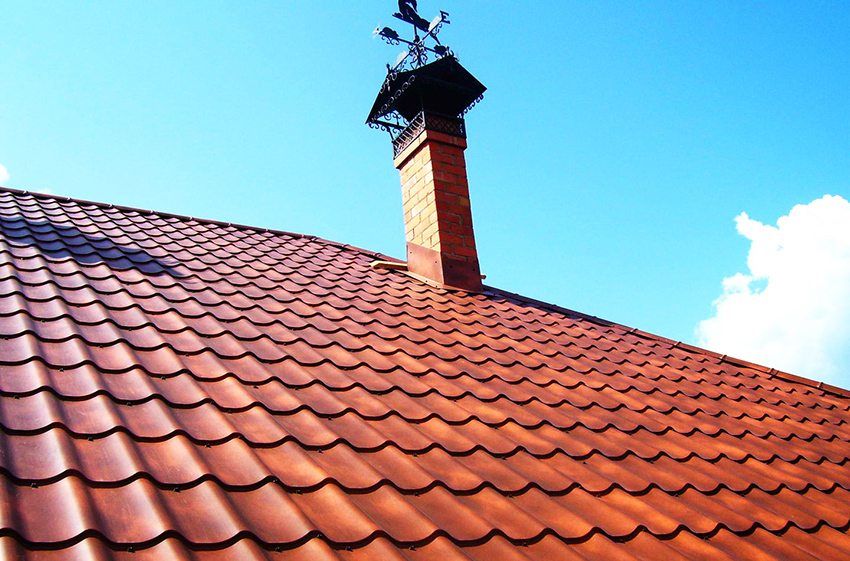
Among the shortcomings of this material, it is possible to single out the integrity of sheets, the circumcision of which for a half-gumned roof requires a certain skill and skill. And, of course, a very low sound insulation index. After all, we all are familiar with the sound of raindrops hitting a metal coating.
Composite Shingles – one of the subspecies of metal, which is widely found on sale. Such coverage is more expensive, however, and has the best technical characteristics. Of the drawbacks, only the large weight of the material is noted.
Flexible roof – Ideal for a half-folded roof. The bituminous tile is on sale in rolls and rather easily is cut pieces of the necessary size. This makes it easy to design areas with high architectural complexity. Among the technical characteristics are:
- low weight of the material;
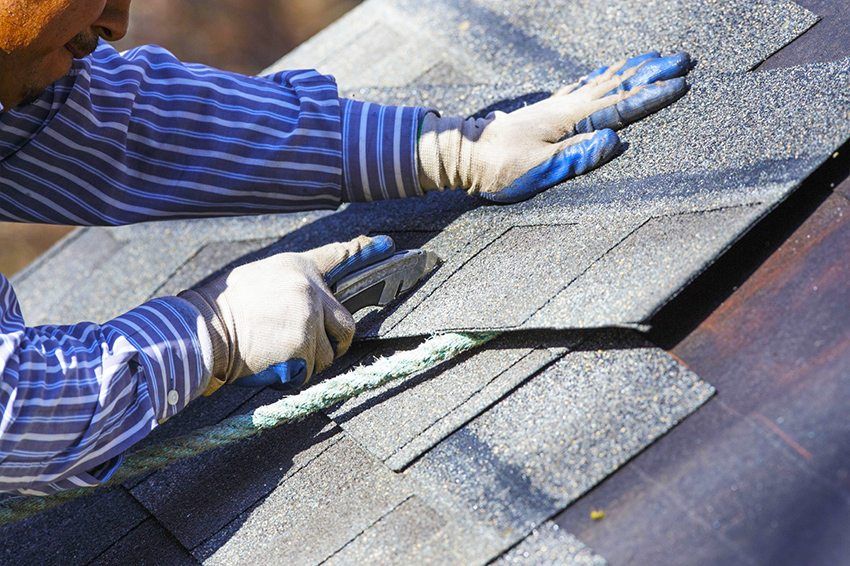
- fire resistance and water resistance;
- a huge selection of color and stylistic solutions;
- resistance to mold and rot.
Ceramic tiles, Perhaps the oldest of the proposed materials. The roof is laid out of individual elements that were burned at a very high temperature. It is an environmentally friendly material that is resistant to both high and low temperatures. Undoubtedly, this material has the longest service life – up to 150 years.
This coating is perfect for poluvalmovoy roof, subject to high strength and reliability of the truss system, as the ceramic tile has a very considerable weight.
Another feature of this material is the fragility of individual elements. However, this is offset by ease of repair and the ability to replace each individual part.
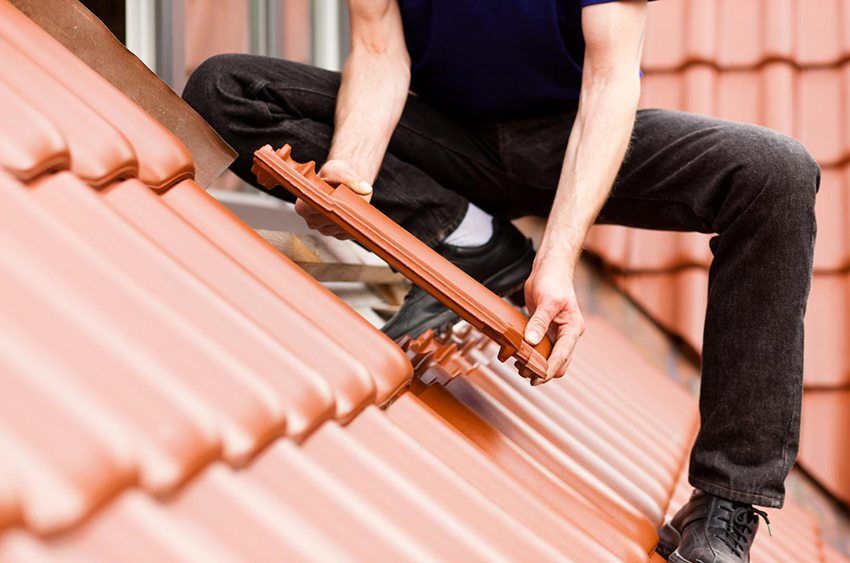
Wooden floor or shingle. Eco-friendly and very beautiful option. The constituent elements are small planks of all sorts of wood – oak, beech, aspen, and all kinds of conifers.
Decking. The popularity of this material is due to good performance, combined with an affordable price. The main advantage of such a roof – cost, but there are other advantages:
- low weight;
- ease of transportation and installation;
- long service life;
- resistance to corrosion damage;
- large selection of shades.
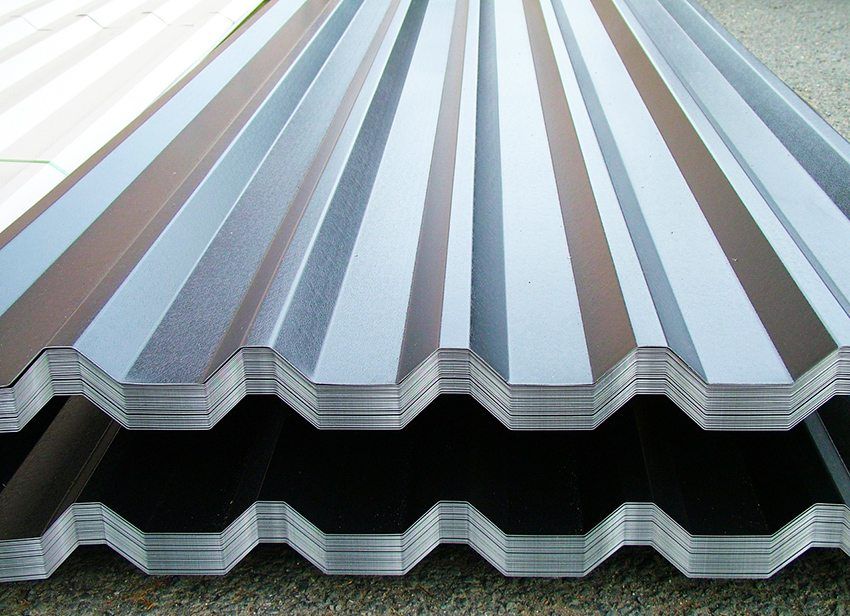
However, like metal, this material is quite noisy in rain and hail. It may also be corrosive, subject to mechanical damage due to improper transportation and installation. In addition, the laying of corrugated flooring on a half-hinged roof, as well as other sheet materials, is complicated by the need to cut out individual elements.
As we can see, the creation of a half-folded roof with your own hands, although not an easy, but quite realizable task. Having thought through all the stages and, gradually following the algorithm, you can give your house an original look, making it even more comfortable and beautiful.
